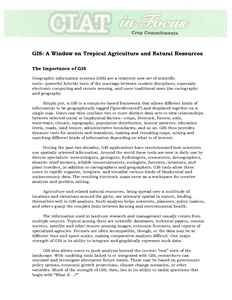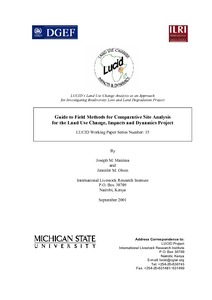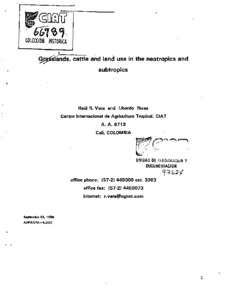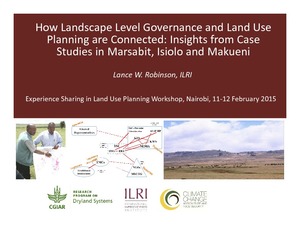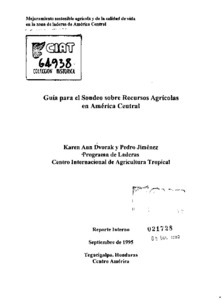Utilización de la tierra
AGROVOC URI:
Global food demand and the sustainable intensification of agriculture
Global food demand is increasing rapidly, as are the environmental impacts of agricultural expansion. Here, we project global demand for crop production in 2050 and evaluate the environmental impacts of alternative ways that this demand might be met. We find that per capita demand for crops, when measured as caloric or protein content of all crops combined, has been a similarly increasing function of per capita real income since 1960. This relationship forecasts a 100–110% increase in global crop demand from 2005 to 2050.
Grain legume impacts on soil biological processes in Sub-Saharan Africa
Grain legumes occupy about 20 million hectares in Africa. The major crops are cowpea (Vigna unguiculata L.), which is grown on about 11 million hectares mostly in West Africa, and common bean (Phaseolus vulgaris L.), grown on about 5 million hectares mostly in eastern and southern Africa. These grain legumes have impacted soil organisms, including nitrogen fixers, mycorrhizae, fauna, and the processes that they perform. The legume-Rhizobiumsymbiosis results in dinitrogen (N2) fixation that adds plant-available nitrogen to the soil system.
Grasslands, cattle and land use in the neotropics and subtropics
The paper reviews trends in land use change in the tropics and subtropics of Latin America and the Caribbean, and their relation to the evolution of the cattle industry in the region. It is posited that horizontal expansion is nearly finished, and that cattle sector, and the grasslands that support it, are beginning to intensify. Nevertheless a number of paradoxes subsist and are discussed. Most notable among these are the interactions among land speculation, a characteristic aspect of much of the extensive cattle industry throughout history, with policies and technologies.

